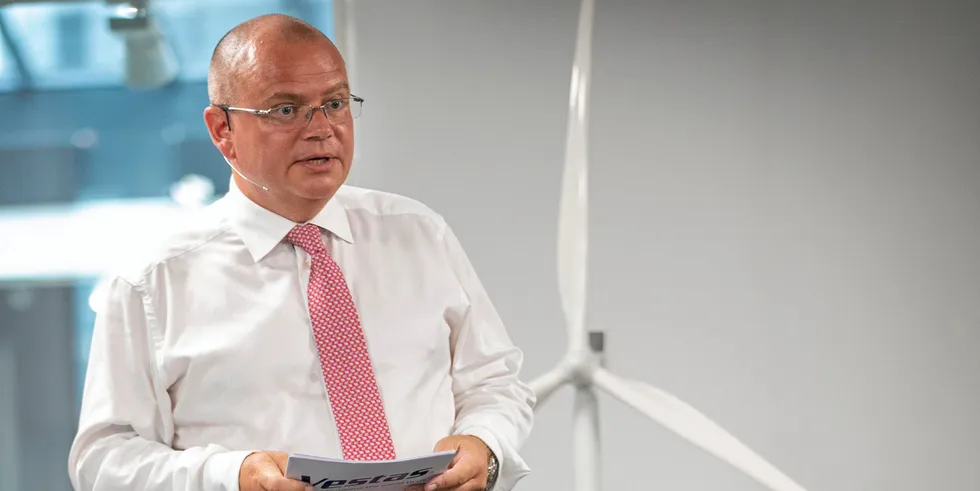Turbine manufacturers battered by 'perfect storm' of post-Covid crosswinds
ANALYSIS | Increases in raw material and shipping costs spell prolonged pain for Western OEMs, writes Bernd Radowitz

ANALYSIS | Increases in raw material and shipping costs spell prolonged pain for Western OEMs, writes Bernd Radowitz
